 Facebook
Facebook
 X
X
 Instagram
Instagram
 TikTok
TikTok
 Youtube
Youtube
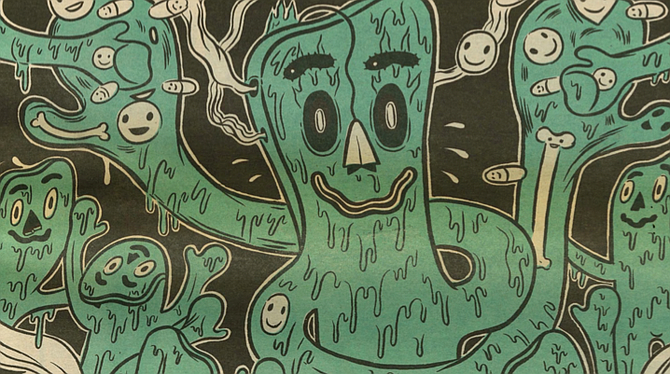
Stories from the Meth Capital
“Most of the time when I was doing meth, we were always eating fast food, because you don’t want to cook. Your kitchen’s always a mess, you know; everything is in shambles. You ever try to walk into a tweaker home? You can’t. You have to crawl over boxes and everything. They tear into their drawers, they tear into their boxes, everything is spread around on the floor. Take Karen; she had a nice house, but I’ll be damned if you could walk in.”
By Patrick Daugherty, Dec. 6, 1990 | Read full article
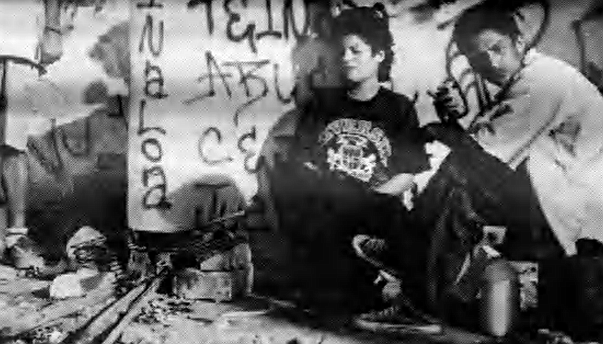
The violence has attracted attentions of the Tijuana police. The cops raid the hill sometimes and deliver beatings. Torture, Andres calls it. To avoid the cops — or anybody else — the boys have dug elaborate tunnels under the house. At the least hint of approaching feet, they dive into their rat-mazes, where they will hide, only their eyes peeking out from under the slab foundation. They sleep under there too, jammed in on top of each other in the cold.
By Luis Urrea, Oct. 3, 1991 | Read full article

We crossed Market and squatted beside a warehouse facing away from the Convention Center. I felt exposed. Nick undid his pants to show Edward the wound. Crack pipe in one hand, pants at his knees in the other. Cars driving by.
“Goddamn! Goddamn!” said Edward, looking at the gash in Nick’s leg. “Y-y-you gotta take care of that.”
“I know it!” replied Nick. “It’s hurting like a bitch right now. I can’t even think.”
By Jeff Sharlet, June 10, 1993 | Read full article
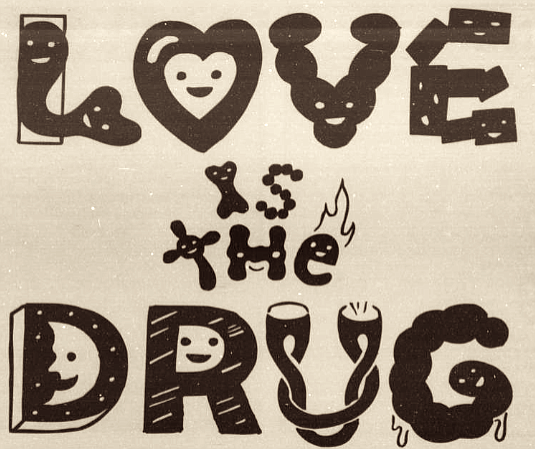
For days and weeks following my damp and urgent experience of Ecstasy, I had strange dreams. Not nightmares, not life-changing dream, but strange ones, unlike any strange dreams I’ve had before. They were brief, violent epics. They involved death. They were about coastal storms that swept people out to sea, about brutal freeway mishaps. And they were strange because of the placid emotional remove from which I watched them pass through my mind.
By Abe Opincar, April 15, 1993 | Read full article
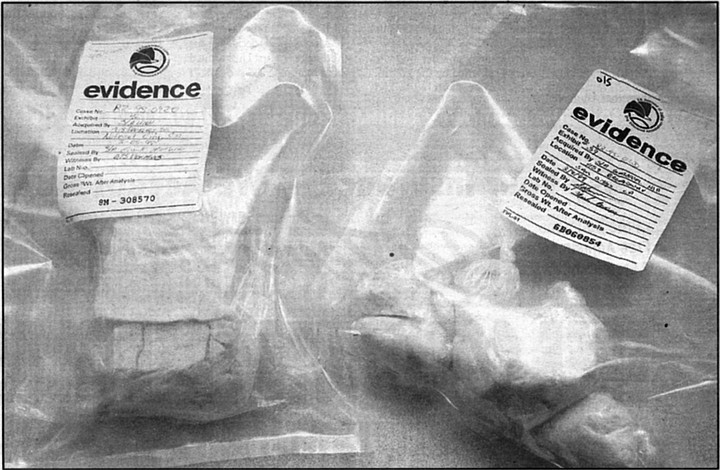
Immediately after the war. the meth habit spread to U.S. occupation soldiers in Japan. They in turn brought it back to the States with them. And when they did return, they most often landed and settled in San Diego. Some of the fraternal groups they formed turned into the precursors of today's motorcycle gangs, such as the Hell's Angels. East County, Lakeside, Santee, and El Cajon have been the traditional centers for these groups and for their meth-production facilities.
By Bill Manson, May 20, 1999 | Read full article
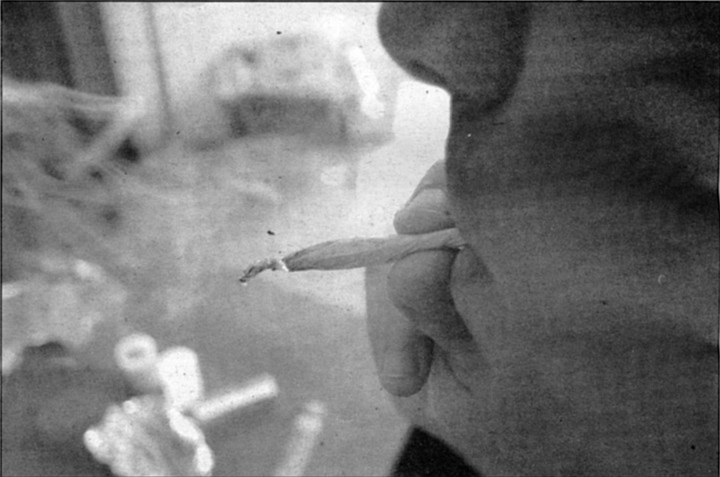
Teer says that he started smoking sherm when he was 16. "I used it a lot. I used a lot of drugs, but the older you get, the less fun it gets. Smoking a sherm is kind of like huffing paint times 20 for eight hours. I would smoke it at school. We'd sit in the back of the room, all shermed out. When I was locked up [in jail], I knew some guys that had it. The whole tank had it.”
By Robert Kumpel, May 30, 2002 | Read full article


Stories from the Meth Capital
“Most of the time when I was doing meth, we were always eating fast food, because you don’t want to cook. Your kitchen’s always a mess, you know; everything is in shambles. You ever try to walk into a tweaker home? You can’t. You have to crawl over boxes and everything. They tear into their drawers, they tear into their boxes, everything is spread around on the floor. Take Karen; she had a nice house, but I’ll be damned if you could walk in.”
By Patrick Daugherty, Dec. 6, 1990 | Read full article

The violence has attracted attentions of the Tijuana police. The cops raid the hill sometimes and deliver beatings. Torture, Andres calls it. To avoid the cops — or anybody else — the boys have dug elaborate tunnels under the house. At the least hint of approaching feet, they dive into their rat-mazes, where they will hide, only their eyes peeking out from under the slab foundation. They sleep under there too, jammed in on top of each other in the cold.
By Luis Urrea, Oct. 3, 1991 | Read full article

We crossed Market and squatted beside a warehouse facing away from the Convention Center. I felt exposed. Nick undid his pants to show Edward the wound. Crack pipe in one hand, pants at his knees in the other. Cars driving by.
“Goddamn! Goddamn!” said Edward, looking at the gash in Nick’s leg. “Y-y-you gotta take care of that.”
“I know it!” replied Nick. “It’s hurting like a bitch right now. I can’t even think.”
By Jeff Sharlet, June 10, 1993 | Read full article

For days and weeks following my damp and urgent experience of Ecstasy, I had strange dreams. Not nightmares, not life-changing dream, but strange ones, unlike any strange dreams I’ve had before. They were brief, violent epics. They involved death. They were about coastal storms that swept people out to sea, about brutal freeway mishaps. And they were strange because of the placid emotional remove from which I watched them pass through my mind.
By Abe Opincar, April 15, 1993 | Read full article

Immediately after the war. the meth habit spread to U.S. occupation soldiers in Japan. They in turn brought it back to the States with them. And when they did return, they most often landed and settled in San Diego. Some of the fraternal groups they formed turned into the precursors of today's motorcycle gangs, such as the Hell's Angels. East County, Lakeside, Santee, and El Cajon have been the traditional centers for these groups and for their meth-production facilities.
By Bill Manson, May 20, 1999 | Read full article

Teer says that he started smoking sherm when he was 16. "I used it a lot. I used a lot of drugs, but the older you get, the less fun it gets. Smoking a sherm is kind of like huffing paint times 20 for eight hours. I would smoke it at school. We'd sit in the back of the room, all shermed out. When I was locked up [in jail], I knew some guys that had it. The whole tank had it.”
By Robert Kumpel, May 30, 2002 | Read full article
Comments